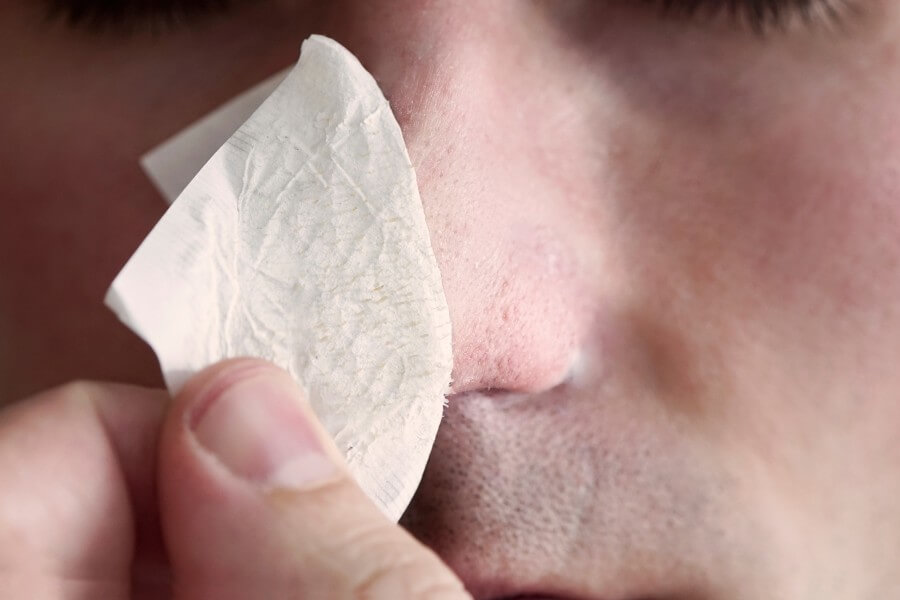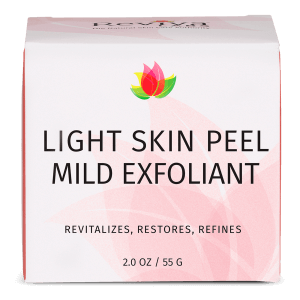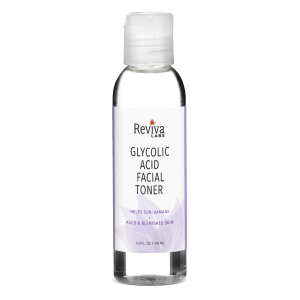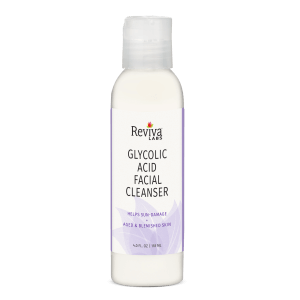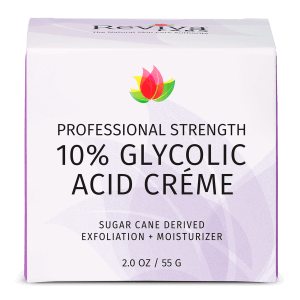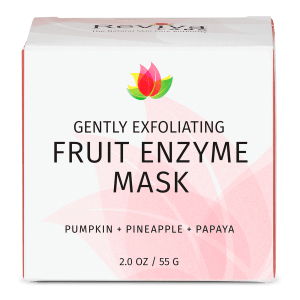Reviva Labs, Skin Care
The Difference Between Sebaceous Filaments and Black Heads and How Deal with Both
When discussing common skin issues, sebaceous filaments and blackheads are often mentioned in the same breath. However, they are distinctly different problems, each requiring unique care strategies. Both are related to the sebaceous glands, which are responsible for producing sebum, an oily substance that helps to keep our skin supple and protected.
Sebaceous filaments are naturally occurring tiny collections of sebum and dead skin cells around a hair follicle, typically found in the areas of the face with larger pores, like the nose. They are a normal part of the skin’s function and are present in everyone. Their primary role is to channel the flow of sebum along the lining of the pores onto the surface of the skin, which helps keep the skin lubricated and protected.
Blackheads, or open comedones, are similar to sebaceous filaments in that they also involve the hair follicles. They form when the pores become more significantly blocked by a mix of sebum and dead skin cells. When these clogged pores are exposed to air, the material inside them oxidizes and turns black, hence the term “blackhead.” Unlike sebaceous filaments, blackheads are a type of acne, and they can vary in size and are visible as dark spots on the skin.
Key Differences Between Sebaceous Filaments and Blackheads
Identifying whether you are dealing with sebaceous filaments or blackheads is crucial for effective skin care. Sebaceous filaments are generally smaller, uniform in size, and gray or tan in color. They are most often noticed in a pattern consistent with the pore arrangement and are less noticeable from a distance.
On the other hand, blackheads are larger and have a distinct black color due to the oxidation process. They can appear more randomly on the face and are more prominent and visible compared to sebaceous filaments. Blackheads can develop into pimples if bacteria become involved in the blocked follicle, leading to inflammation.
Effective Strategies to Manage Sebaceous Filaments
Managing sebaceous filaments involves a gentle approach since they are a natural part of your skin’s physiology. Overly aggressive treatment can harm the skin and increase oil production, worsening the situation. Maintaining a consistent skincare routine that includes washing your face twice daily with a gentle cleanser can help minimize the appearance of sebaceous filaments. It’s important to choose products that match your skin type to avoid over-drying or irritating the skin.
Using a salicylic acid exfoliant can also help by dissolving the kind of skin debris that clogs pores. Salicylic acid is a beta-hydroxy acid known for its ability to penetrate into the pores and clear out sebum. This can reduce the prominence of sebaceous filaments and prevent them from becoming blackheads.

Approaches to Treat Blackheads
Unlike sebaceous filaments, blackheads are a form of acne and can be treated as such. Start by using a cleanser that contains salicylic acid or benzoyl peroxide. These ingredients help break down the blockages in the pores. Regular exfoliation can also assist in removing the dead skin cells that contribute to clogs. However, physical scrubs should be used with caution as they can irritate the skin and exacerbate acne.
For stubborn blackheads, consider using a retinoid cream. Retinoids help increase cell turnover, which can prevent the formation of new blackheads and help clear existing ones. They are available over the counter in various formulations, but it’s wise to start with a lower concentration to see how your skin reacts.
The Role of Professional Treatments
Sometimes home care is not enough to manage persistent blackheads or if the appearance of sebaceous filaments is bothersome. Professional treatments like chemical peels, which involve the application of a solution to exfoliate the skin deeply, can be effective. Another option is manual extraction, performed by a skilled dermatologist or licensed esthetician, which involves carefully removing the blockages from the pores.
Understanding Sebaceous Filaments and Blackheads
While sebaceous filaments and blackheads may appear similar, understanding their differences is crucial for effective skincare. Regular and appropriate skin care is key, whether that involves over-the-counter products or professional treatments. According to a study by the American Academy of Dermatology, nearly 50% of adults continue to experience acne, which often includes blackheads, well into their twenties and thirties (https://www.aad.org/media/stats-numbers). This statistic underscores the importance of targeted skin care strategies for maintaining healthy skin at any age. By focusing on specific treatments and regular maintenance, individuals can greatly enhance the appearance and health of their skin.



